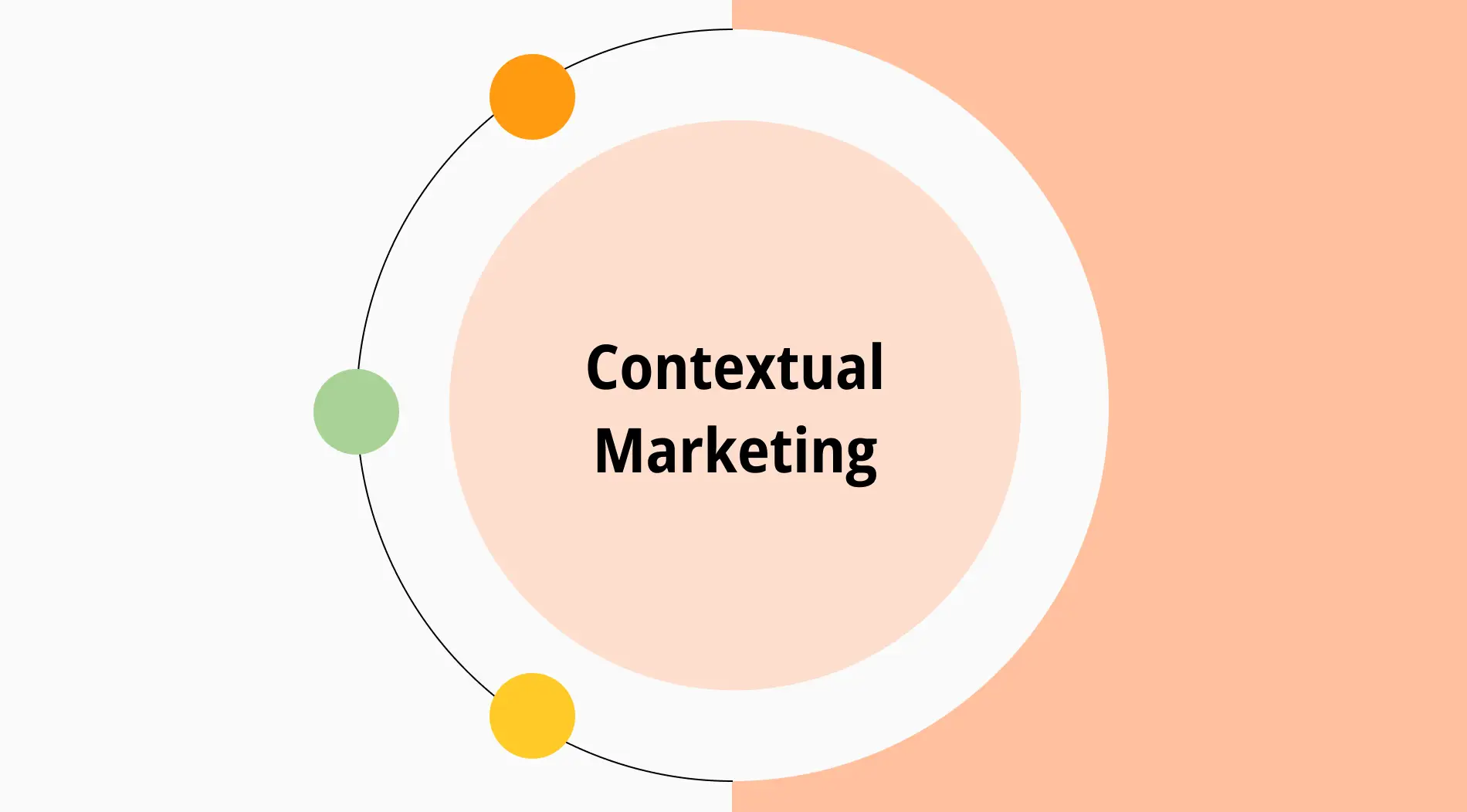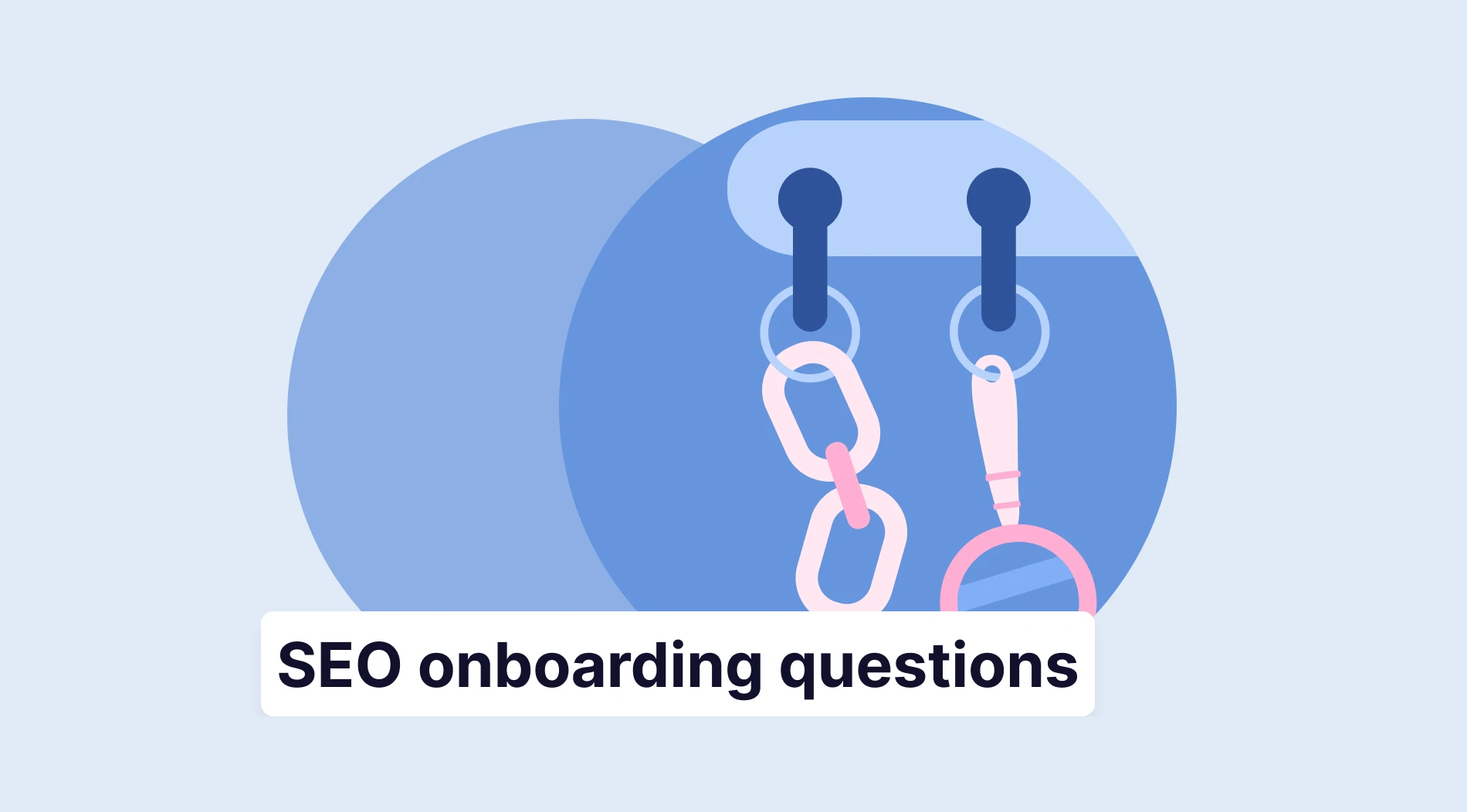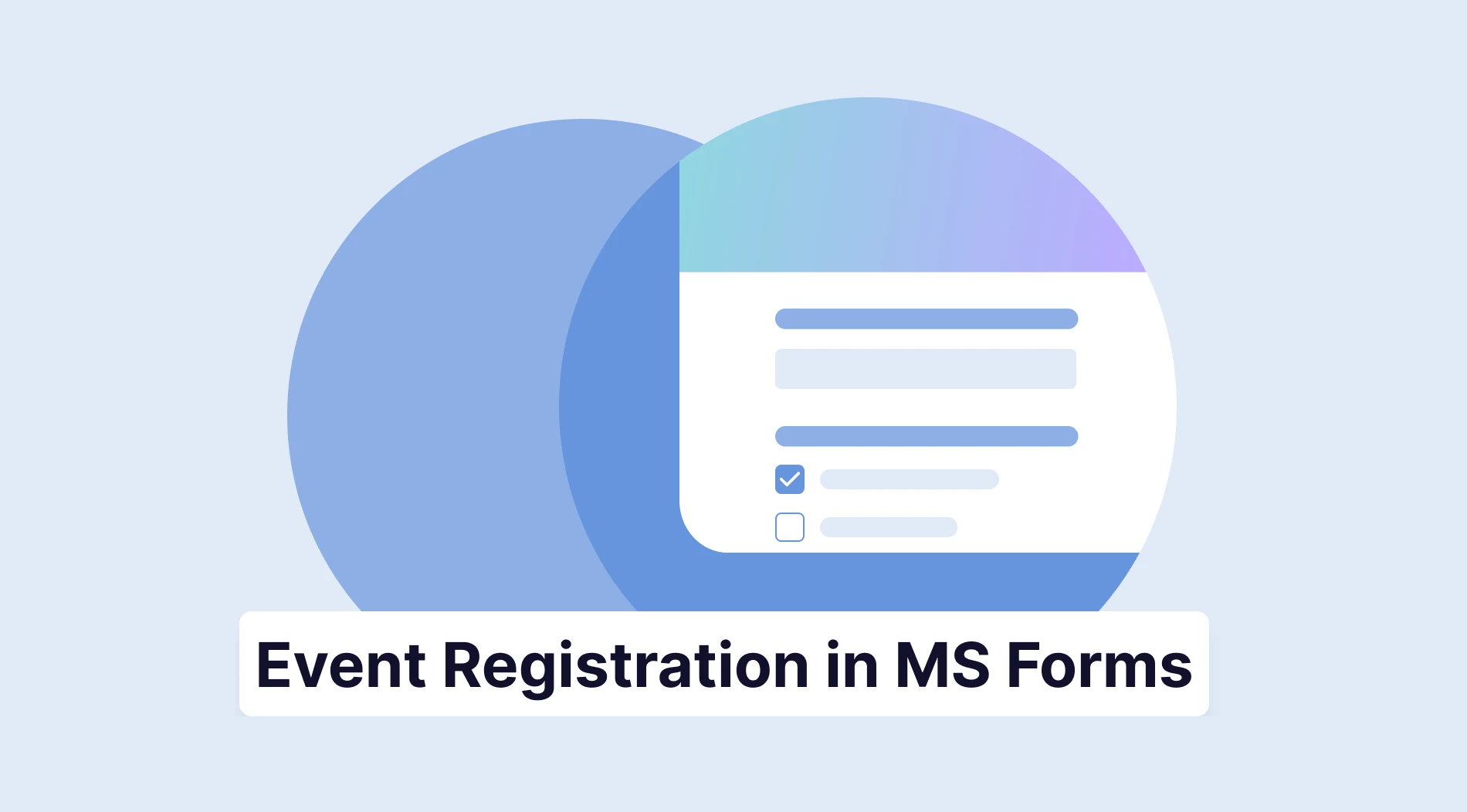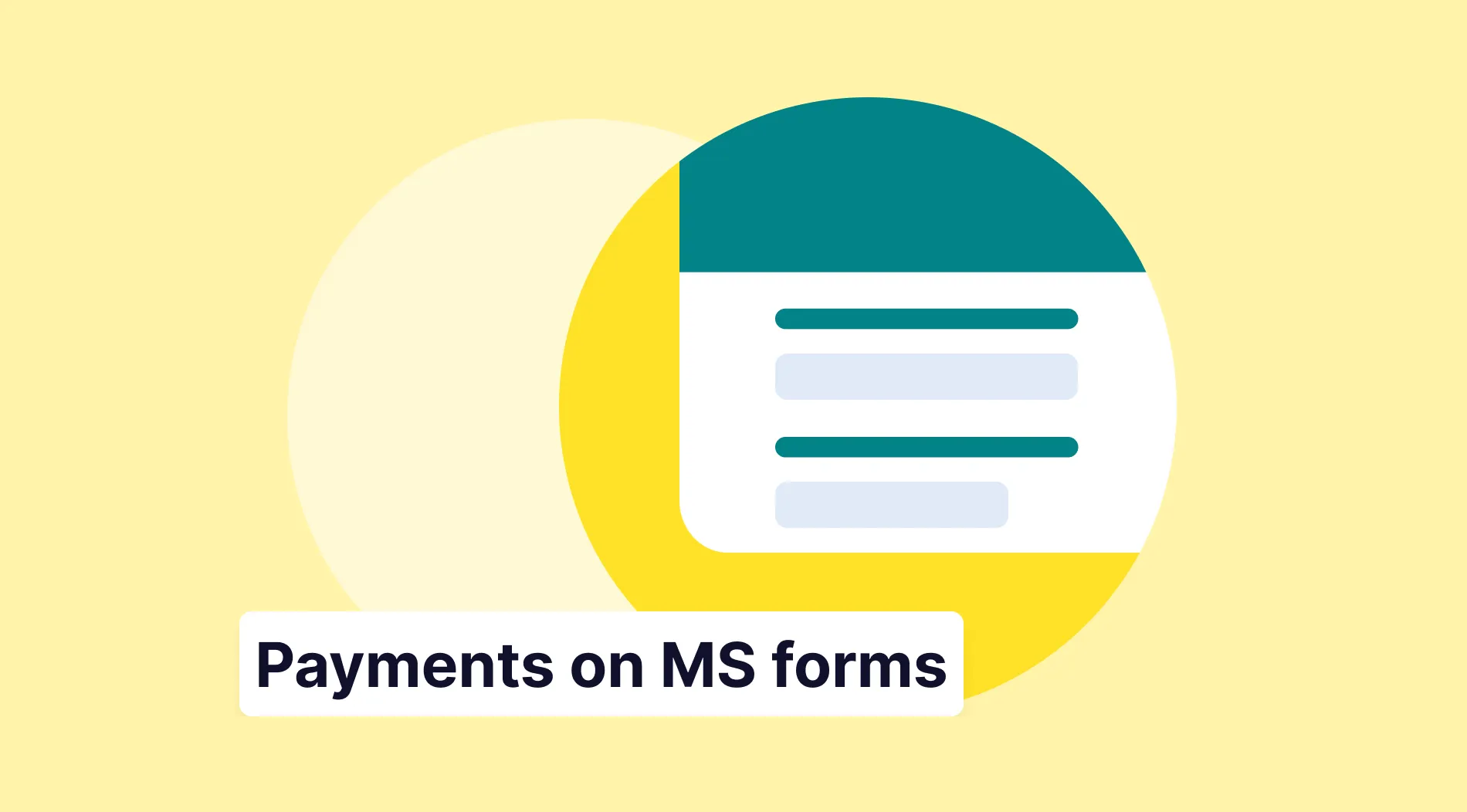Each type of campaign is effective in helping your business succeed and achieve different goals. However, this is where contextual marketing becomes an important strategy. You can create highly effective marketing and advertising campaigns using a context related to your target audience. Running a contextual marketing campaign can help you deliver suitable campaigns to customers at the right time.
In this article, we talk about what contextual marketing is and its importance. We also teach you how to use contextual marketing properly for your business in 6 steps. We include 3 successful examples of contextual marketing that inspire you. Finally, you can continue reading our article to learn the frequently asked questions about contextual marketing.
What is contextual marketing?
Contextual marketing is a strategy that offers personalized or user-related content by considering users' search history, the type of content they are interested in, and their location or time.
This strategy increases users' interaction and conversion rates, which in turn helps increase sales, brand awareness, and customer satisfaction. It can help you achieve success in your marketing efforts and develop a better user experience.
Importance of contextual marketing
Running a proper contextual marketing strategy can provide many benefits to your business. A contextual marketing strategy that aligns with your goals is essential for your business to succeed. But why? Below, you can see the items regarding the importance of running a contextual marketing campaign:
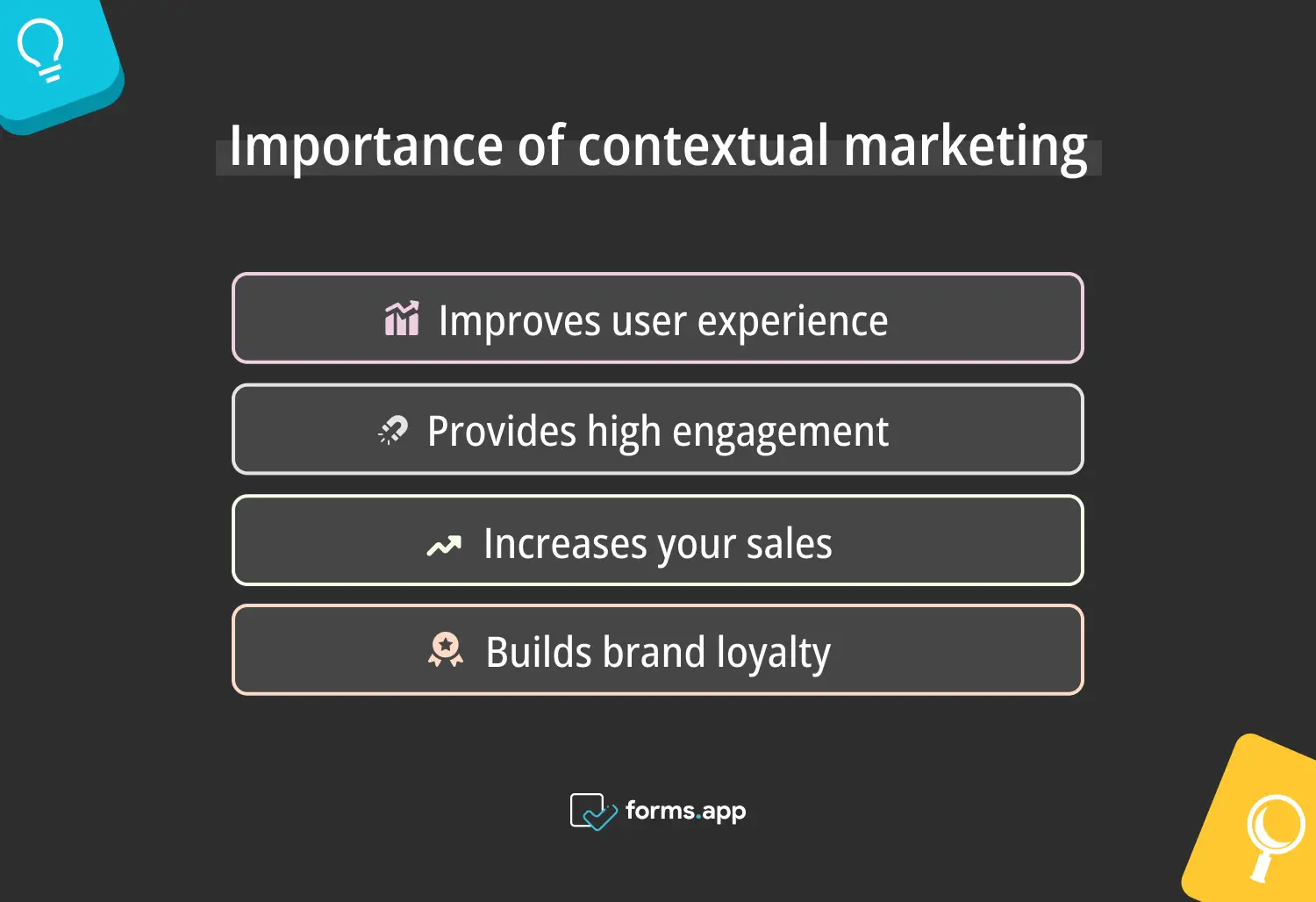
4 Reasons why contextual marketing is important
📌 Improves user experience: Every marketing campaign aims to leave a positive impact on the customer. So, you can improve the user experience by creating a contextual marketing campaign that considers customer experiences.
📌 Provides high engagement: Your target audience is likelier to engage with content that aligns with their interests. You can enhance your real-time engagement by developing a contextual marketing plan that resonates with these interests.
💡 You can also benefit from remarketing statistics to effectively reach your potential customers and increase engagement rates.
📌 Increases your sales: Contextual marketing strategy can allow you to offer your customers personalized experiences and special offers. So you can encourage purchasing behavior and growing sales.
📌 Builds brand loyalty: Personalized services and experiences can create an emotional bond between customers and your brand. So you can increase their satisfaction and loyalty levels.
How to use contextual marketing for your business
You've learned what contextual marketing is and its importance. Now, it's time to learn how to use contextual marketing for your business. You can quickly create your business's most appropriate contextual marketing strategy by following the 6 steps below:
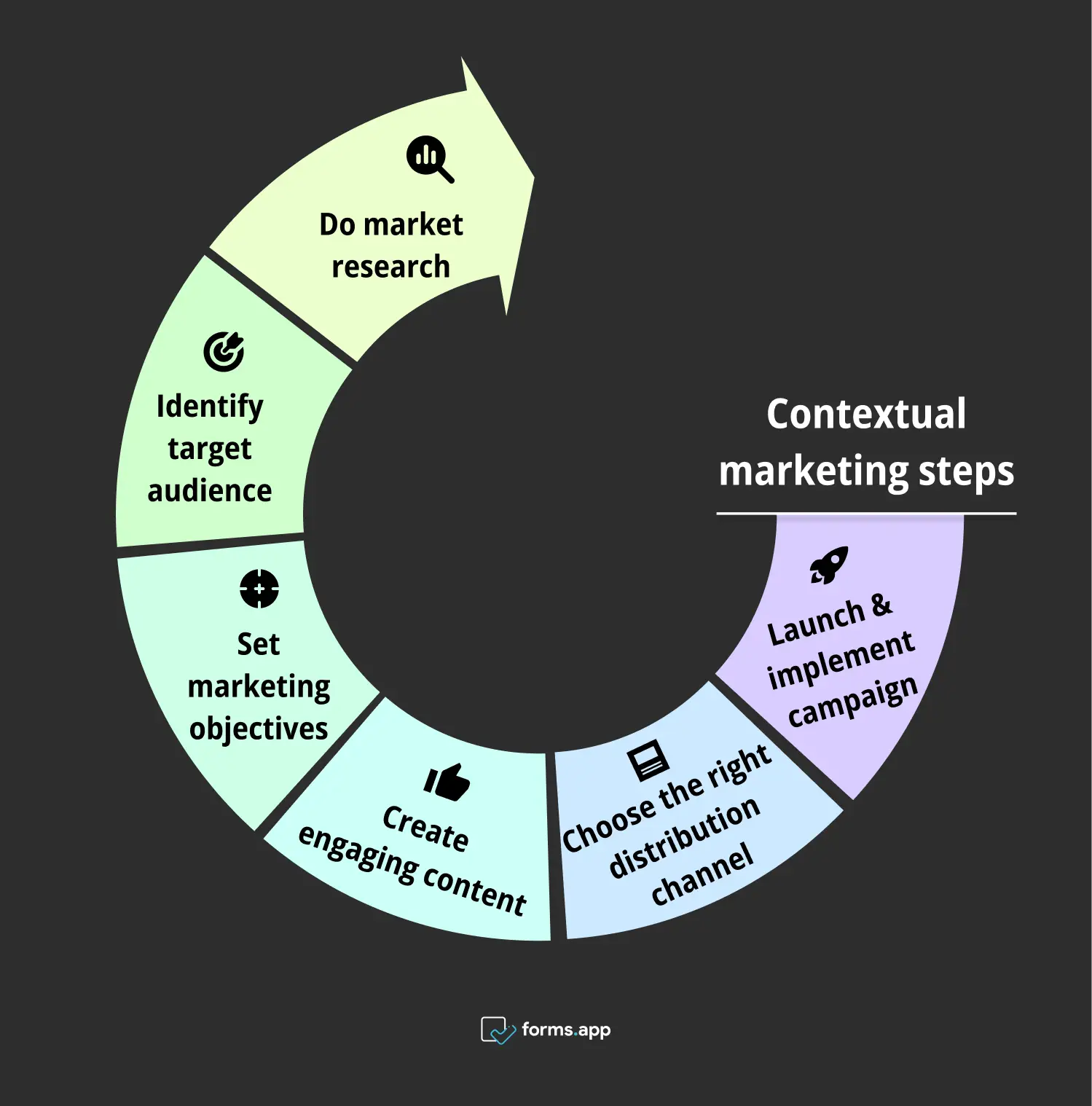
Steps for contextual marketing
Step 1: Do market research
First, you need to know enough about your contextual advertising market to execute a good marketing strategy. Website visits, sales history, and customer demographic information are vital in developing a successful contextual marketing strategy. In addition, understanding market trends, your competitors, and current market conditions will benefit you.
Step 2: Know your target audience
Another step is to know your target audience. Knowing your target audience is crucial to developing a contextual strategy that meets user behaviors and expectations. At this point, you can create a marketing research survey to understand your user experience better. Thus, by collecting feedback from them, you can develop a more robust, customer-focused marketing campaign.
Step 3: Set your marketing objectives
The next step is to determine your marketing goals. In this step, you should decide which results you want from your contextual content marketing campaign. What do you want to achieve with the marketing campaign you developed? Understanding this question is essential to creating a marketing strategy that is contextually relevant and targeted by advertisers.
Step 4: Create engaging & personalized content
In this step, you can create personalized content or special offers for specific audiences. You can offer quick, easy-to-consume content or limited-time discounts on products your customers are interested in. However, at this stage, you need to make sure your promotions are engaging, credible, and encouraging.
For example, you can create contextual email marketing through a contextual ad campaign that delivers personalized or relevant content. You can also offer your participants discounts, coupons, etc., to increase brand awareness and sales. You can add intelligent calls to action (CTAs) to your website. It allows you to make personalized offers to the next level and increase traffic.
Step 5: Use the appropriate distribution channel
Choosing the right distribution strategy helps you effectively target customers, create service awareness, and stand out from competitors. You can increase awareness of your services through tools such as online platforms or blog posts, making your services available to a broad audience.
💡You can use social media platforms, mobile devices, contextual email campaigns, and display ads as a digital advertising tool. Also, you can benefit from the best marketing tools for more effective marketing strategies.
Step 6: Review & Start implementing your marketing campaign
After completing all these steps, you should check the contextual marketing strategy you have determined for the last time. It would be best to ensure that your strategy aligns with your goals and that your chosen channels. You can implement the campaign you have determined once you have completed your final checks.
4 Successful contextual marketing examples
Presenting the right content to the right audience in the right place and time. You can conduct an effective contextual marketing campaign by running ads with personalized experiences relevant to the context. Below, we have included the contextual campaigns of some brands that have made a splash with their effectiveness:
1. Spotify - Wrapped
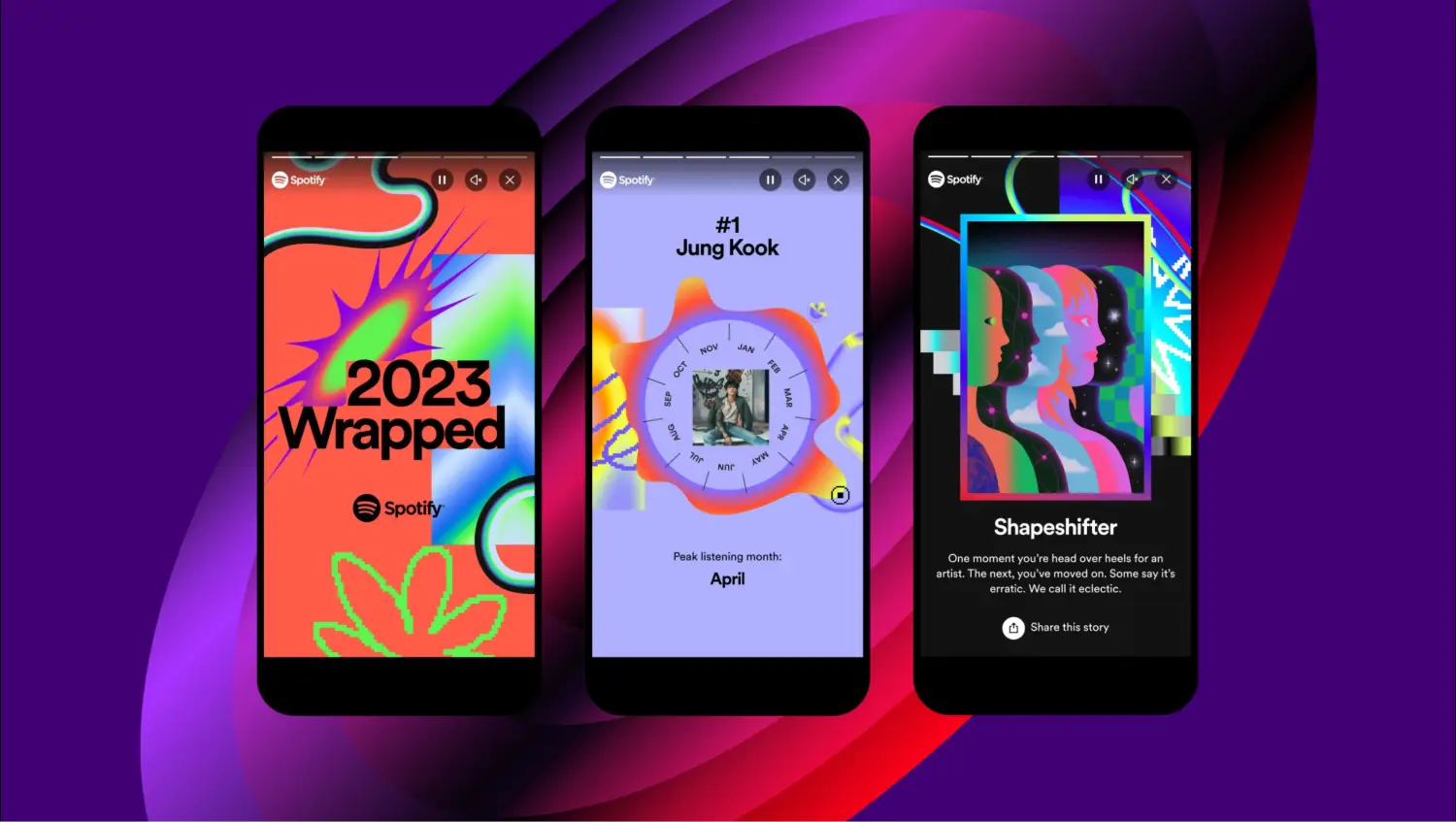
Contextual marketing example of Spotify (Source: Spotify)
Spotify’s Wrapped campaign, which we all know and maybe even use, is a successful example of contextual marketing. This campaign gives users a customized summary of the songs or artists they listened to the most throughout the year. The brand designed the summary so users can share it on their social media accounts to encourage engagement.
2. Nike - By you
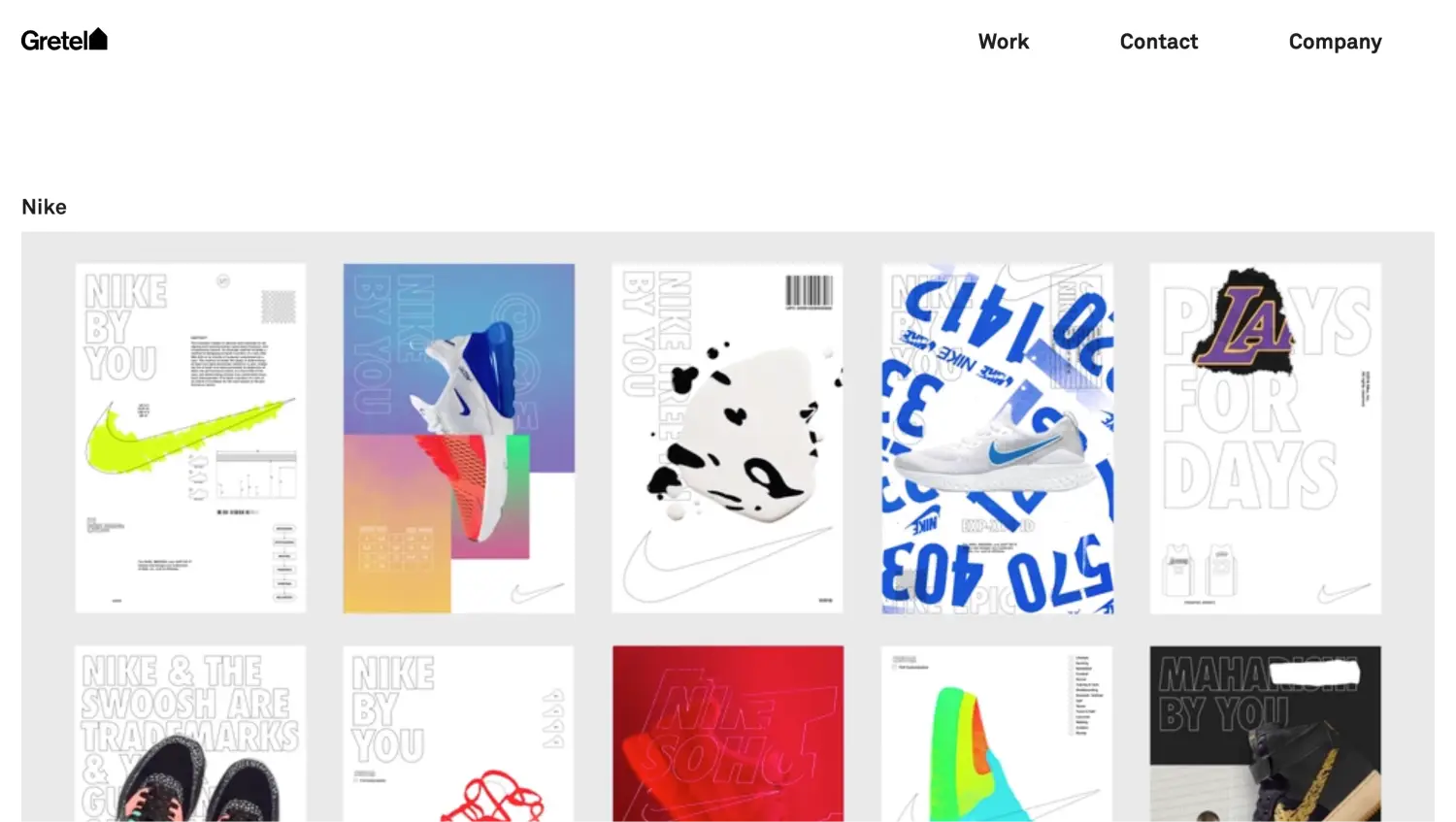
Contextual marketing example of Nike (Source: Nike)
The Nike brand has demonstrated one of the successful examples of contextual marketing through its By You campaign. The campaign aims to create a personal experience for users to design their shoes in mobile apps or websites. It creates a particular context for its users, enabling them to connect emotionally with their brand.
3. Netflix - Personalized recommendations
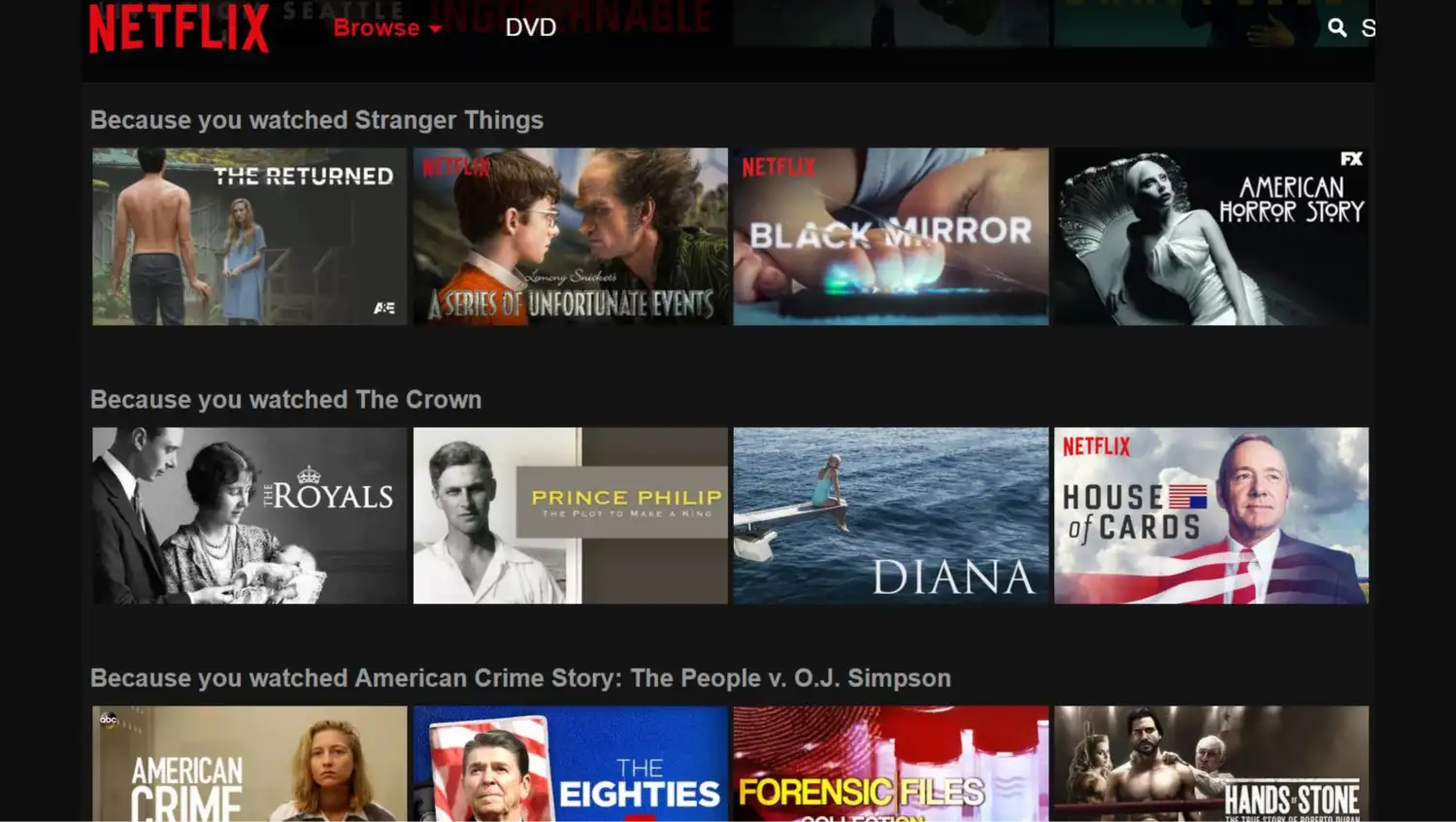
Contextual marketing example of Netflix (Source: Harvard Business School)
Netflix is one of the successful examples of contextual marketing. It offers its users recommendations for content appropriate to their context. The recommendation system considers the type of movies or series users prefer. Providing content that suits their preferences improves user experience and increases customer satisfaction.
4. McDonald’s - Instant weather-based ads

Contextual marketing example of McDonald’s (Source: moving walls)
McDonald’s successfully implemented a contextual marketing campaign in many regions using geotargeting. The campaign aimed to respond to the instant needs of its users by offering weather-based advertisements and promotions. The brand promoted weather-based ads through digital billboards and mobile applications. So, it strengthened the emotional bond between its consumers by providing personalized recommendations to its consumers.
Frequently asked questions about contextual marketing
Rather than just running a contextual marketing strategy, running it effectively and correctly is essential. This way, you can achieve your goals, increase your campaign's effectiveness, and become a successful business. Below, we have added frequently asked questions and answers about contextual marketing:
Contextual marketing strategies, such as content personalization, behavioral targeting, geographic targeting, or time-based targeting methods, are effective marketing strategies that you can use. They help you deliver content appropriate to your user's behaviors and interests, thus increasing interaction through personalized experiences.
Contextual digital marketing is a marketing strategy where you can offer personalized content that fits your users' digital context. Digital contextual marketing allows you to reach user data faster and present relevant content to their context faster.
Contextual advertising is marketing that allows you to deliver content that interests users. It also helps you provide this content at the right time, in the right place, and in the right way. Users are likely to access and consume this personalized content faster. Each user is more interested in ads or products related to the content they are interested in.
Contextual marketing is a strategy that aims to provide content relevant to your users’ current situation and needs. This personalized strategy allows you to interact more effectively by establishing an emotional connection with your users. A simple example is when shopping sites offer users a section containing products similar to those they have browsed.
Conclusion
With the growing competition in the market, businesses have started looking for different marketing strategies to gain an advantage. At this point, contextual marketing emerges as one of the effective strategies. When executed correctly, it helps you communicate with your target audience quickly and effectively. It can also help you improve user experience and increase sales and satisfaction.
In this article, we talked about the definition of contextual marketing and its importance. We also included 6 steps for using contextual marketing effectively for your business. Then, we explained successful contextual marketing examples. Finally, you can see the frequently asked questions about contextual marketing.
forms.app, your free form builder
- Unlimited views
- Unlimited questions
- Unlimited notifications
